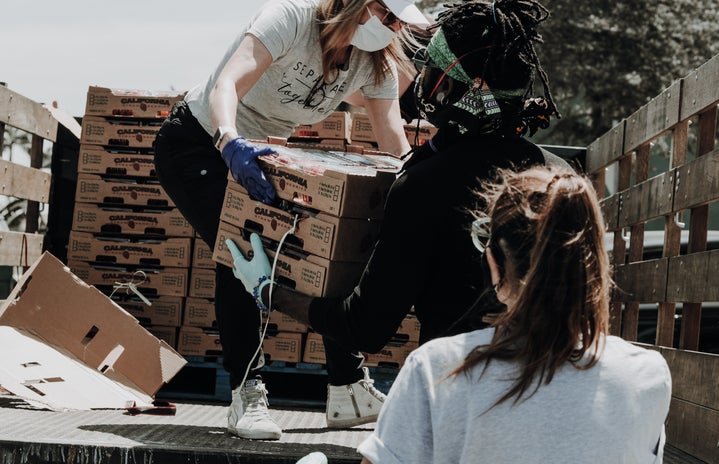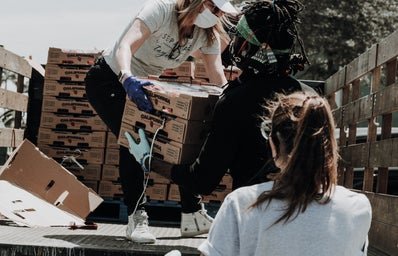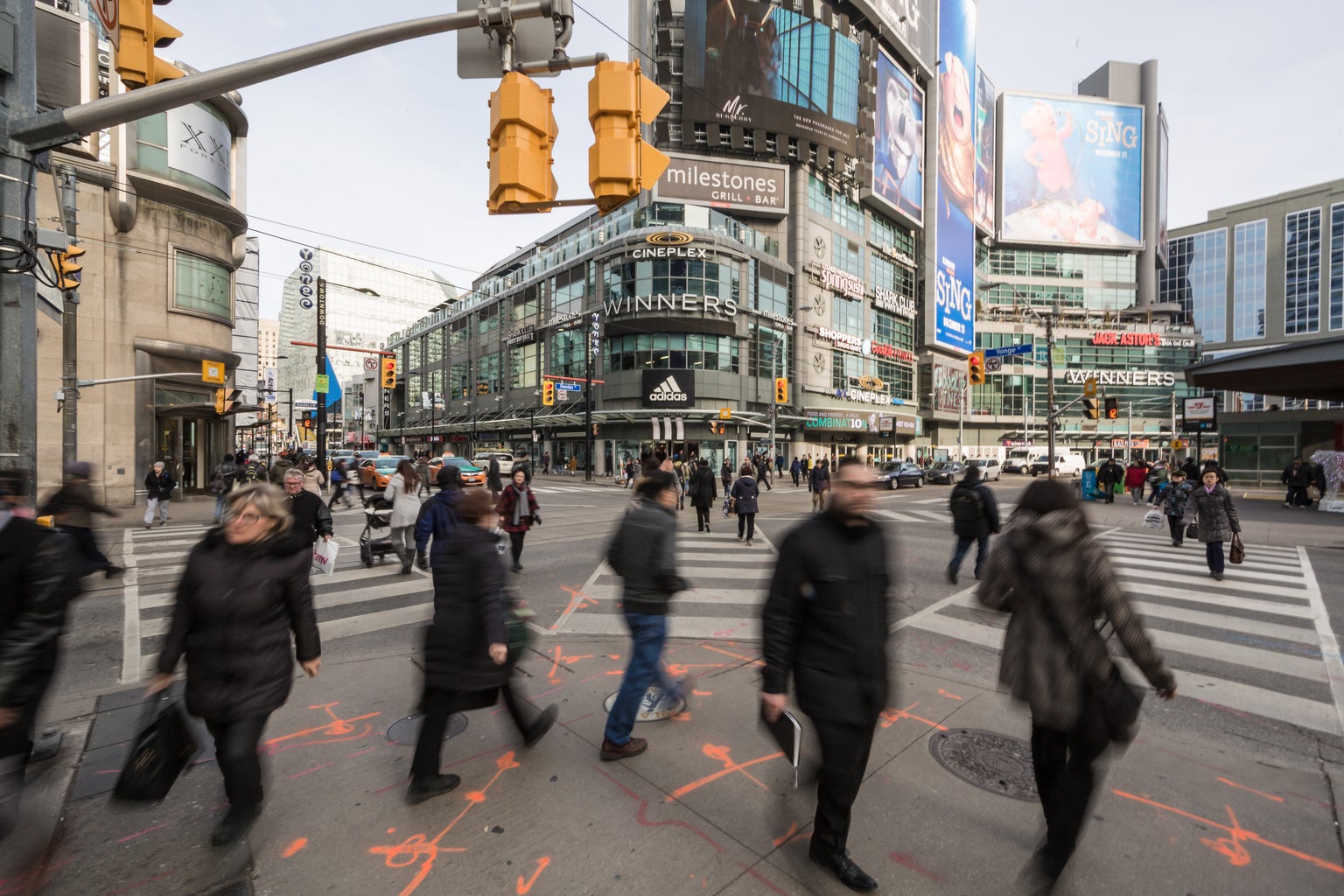Poverty is not something that started with COVID, nor will it end with it. However, like all crises, the pandemic illuminated to so many people the lacking structures in their communities to care for people struggling economically, or even homeless. There has been a flurry of action in my city, New York, of mutual aid organizations and events popping up.
Mutual aid is different from charity in a number of ways. It’s less hierarchical and structured, and rather than giving money to an organization which will then distribute it as it pleases, it’s about engaging directly with people in need from a place of empathy and love rather than aboveness.
I’m writing these as someone who lives in a dense urban area, so the exact application of these could look a little bit different, but here are some actionable person-to-person things you can do this week to make sure you are uplifting your entire community and not relying on lackluster social programs. And, of course, this is not an exhaustive list. However, there are too many ways to make people’s lives even just a tiny bit easier in the moment. If you have disposable income or spending money, why not use some of it to help somebody else?
1. Community Fridges
Particularly in 2020, community fridges have begun popping up all over my city. The concept is in the name—they are fridges and pantries on the street that are completely free. Volunteers or even partnering local businesses and organizations fill them with food, and anyone walking by who might be in need, or even just hungry in the moment, can take literally whatever they need.
If your neighborhood already has a community fridge, which it likely does if you are in/near a city, you can bring bags of groceries or extra food in your own kitchen to the fridges. You can even make donations a regular thing—every time you go to the grocery store, get a little bit extra and drop it off at the fridge. If your neighborhood doesn’t have a fridge, you can start one. While this might be a bit of a bigger project for you, there are so many organizations to guide the process.
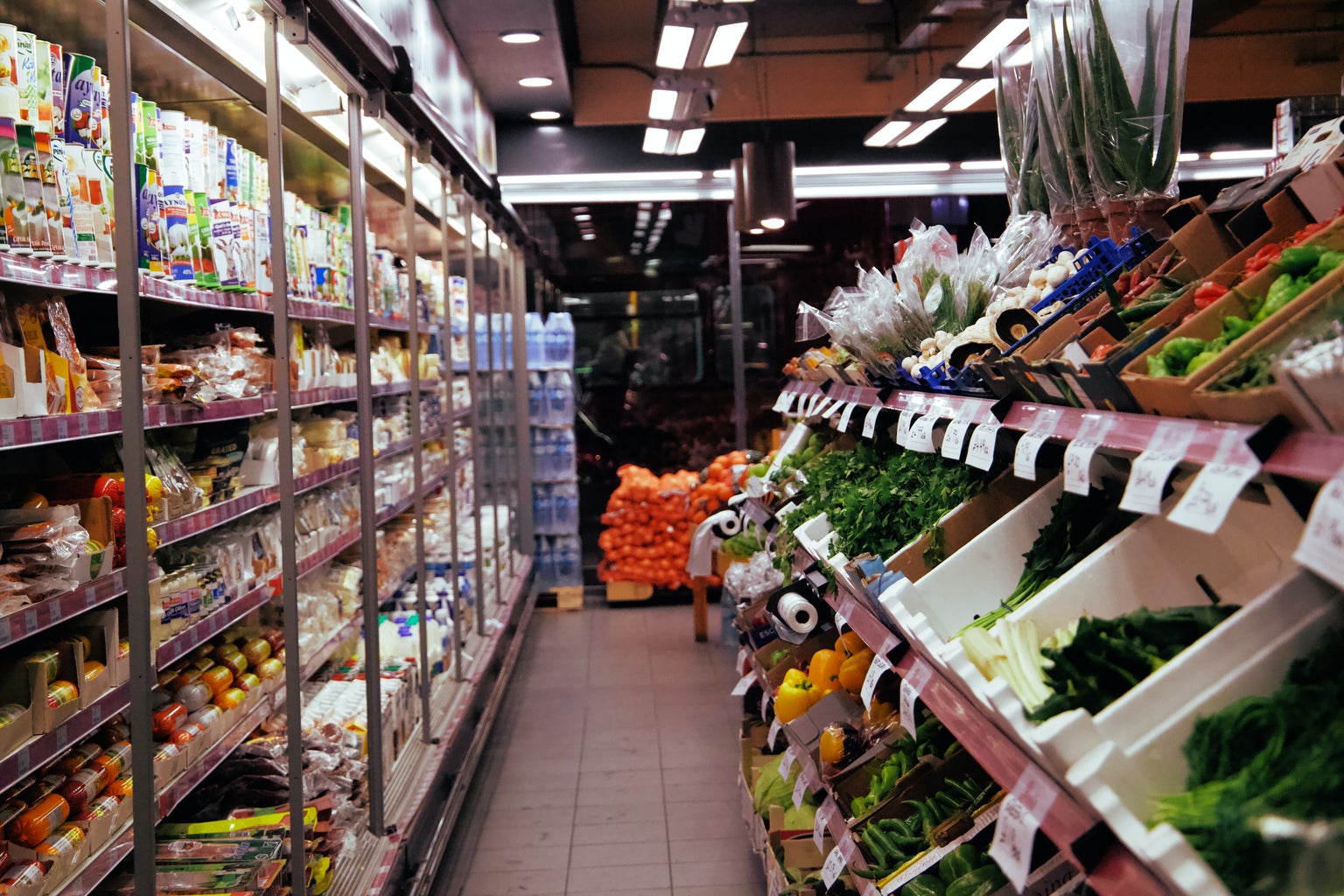
2. Food/clothing drives
This one is pretty easy—you just have to do the organizing and spread the word, but the supplies can be community based. Tons of mutual aid organizations near me have been doing weekly free markets where volunteers donate fresh produce, food, blankets, etc. and set up a table in a consistent park. Anyone from the community can come and take what they need. If you have a fold-up table and some people to help you out, this could be an amazing way to build community and make someone’s week a little bit less difficult.
3. Packs for homeless people
If there is a big homeless population in your area, there are so many ways to help them out. Typically we think about handing cash out, and while that’s important too, creating survival-type packs for people living on the street is a good addition. Sometimes the best thing to do is to just ask individual people what they need most, but there are also tons of sources on the most needed items. Just a few are: personal hygiene items, like toothbrushes, period products, deodorant, etc., snacks, raingear, bags, socks, and water bottles. You can easily buy these things in bulk, and then create packs to easily hand out to people living on the street.
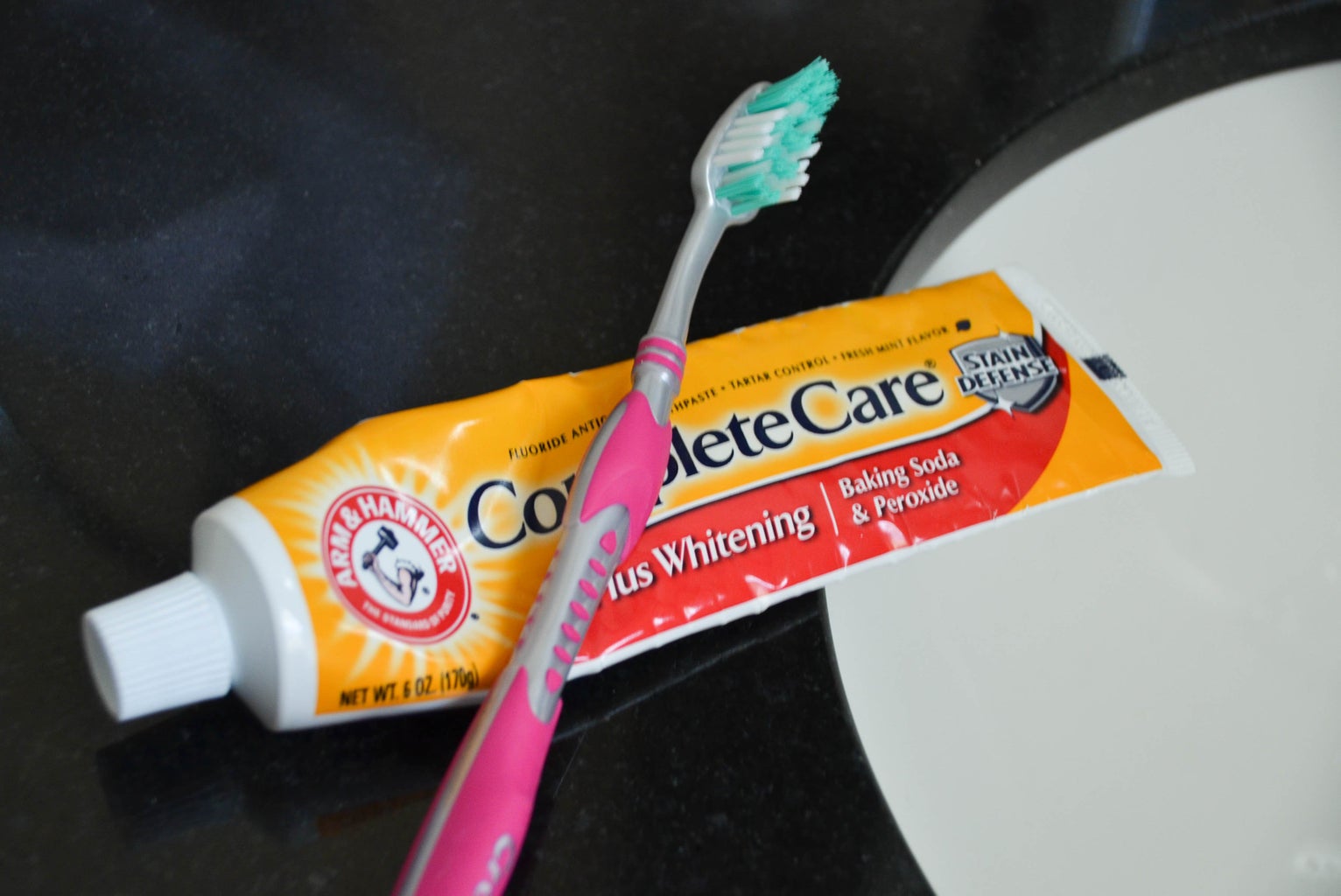
4. Know the organizations/shelters in your area
Sometimes you come across someone and have no way to help. A really easy resource is knowing the shelters, food pantries, and food drives already existing in your area and being able to point people in those directions. I see so much information spread online about mutual aid organizations and events, but it is also critical we disseminate that information to the people who would most benefit from it. For example, in my city, public schools have started offering free meals to families, so I plan to know the schools near me offering it so I can direct people to them.
5. Have Compassion and Don’t Become Desensitized to Poverty
In New York at least, walking past people living on the street has become desensitizing. It should not feel normal to walk past someone living in cardboard. It should not feel normal to walk past someone hungry and think “this is just the way things are.” We have gotten into the habit of treating homeless people like they aren’t people. Kindness is everything. Compassion is everything. Start conversations. Ask people what they need and how you can help.
I recently was reading the book Pedagogy of the Oppressed by Paul Friere and he made the excellent point that true generosity is about eradicating the causes of poverty rather than temporarily extending a hand. None of these items address the root causes of hunger and homelessness, but everyday is a struggle that we have a responsibility as people operating with empathy to alleviate.
